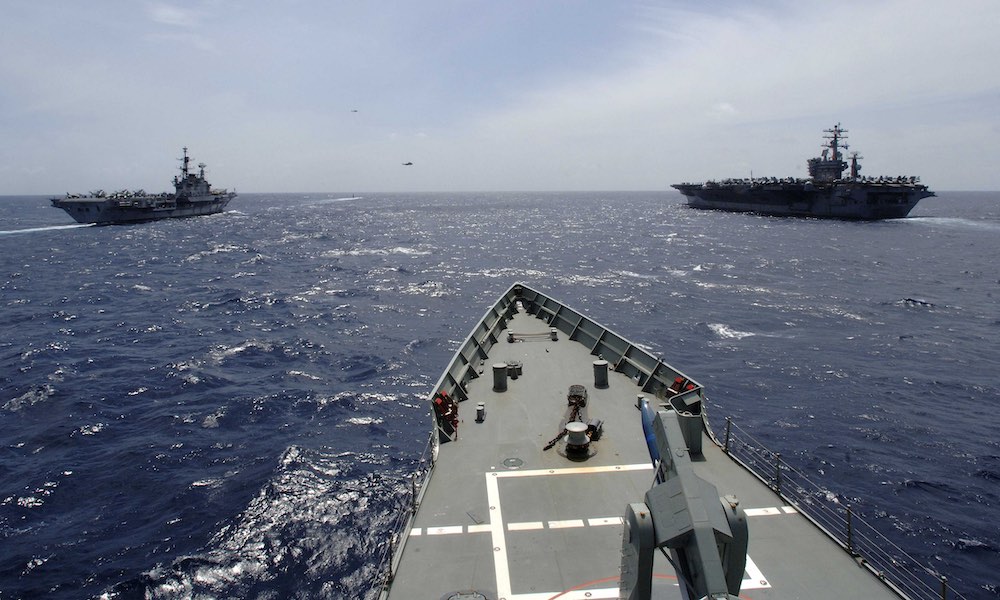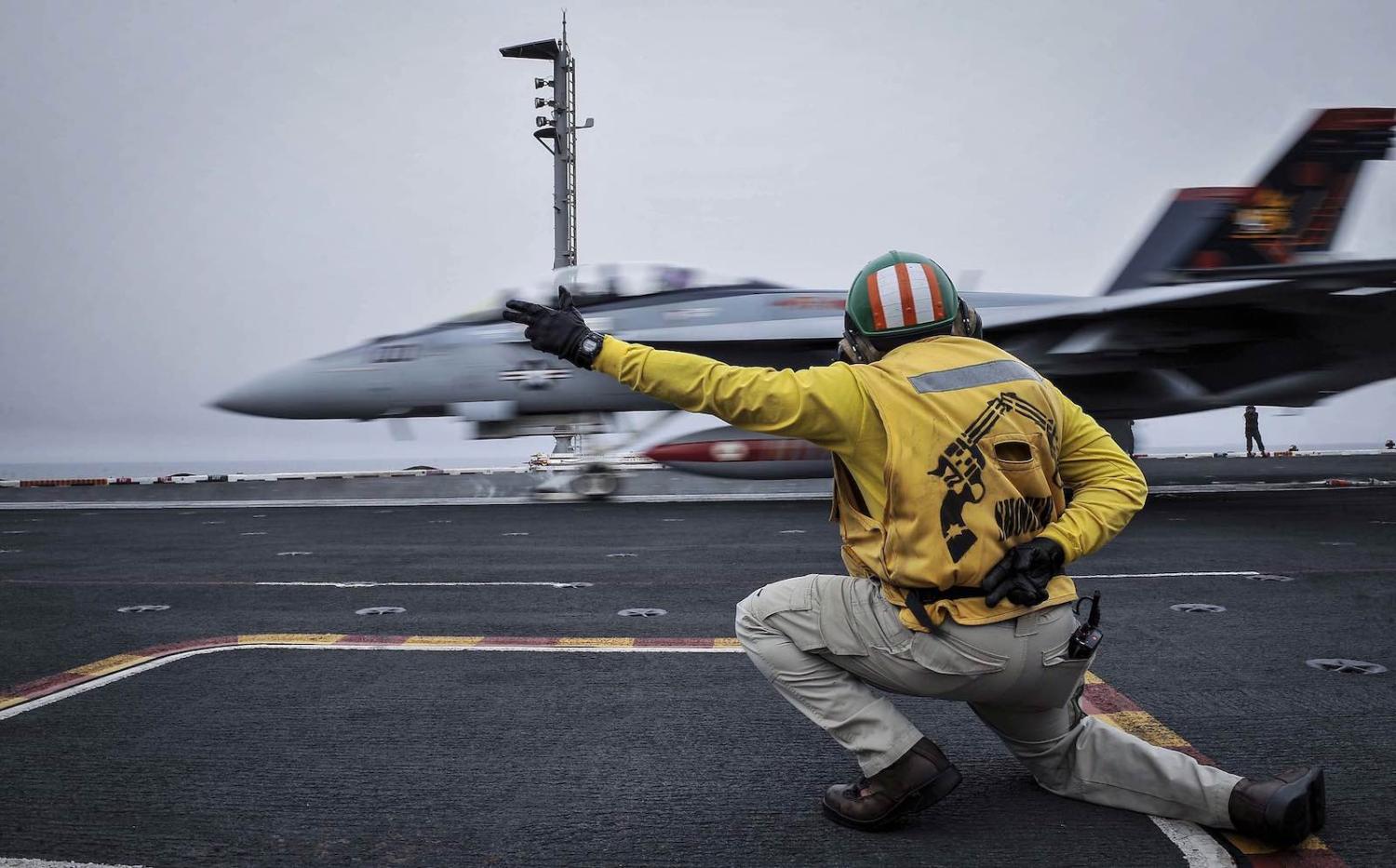Lying at the south-eastern extremity of the Indian peninsula, the Malabar is a serene, idyllic region at the confluence of the Arabian Sea, the Bay of Bengal and the Indian Ocean. This region was once the historical gateway for maritime trade between India and the rest of the world, until the arrival of the Portuguese in the 15th Century. Long before the age of steam and large cargo vessels, maritime trade links extended far and wide from the Malabar region. It is therefore only fitting for this region to have lent its name to a series of naval exercises that has “open and prosperous Indo-Pacific” as its guiding purpose.
The Malabar series of naval exercises started off in 1992 as a modest, one-day exercise between ships of the Indian and US navies. Since then, it has evolved into a complex annual fixture with ships, aircraft and submarines of the Indian, US and Japanese navies exercising alternately in the Indian and the Western Pacific Oceans. In 2007, the exercise was conducted twice, with the second edition being a multilateral naval exercise that saw participation from Australia, Japan as well as Singapore.
Coming close on the heels of the first Quadrilateral security dialogue (or the Quad) between the officials of Australia, India, Japan and the US, China viewed the multilateral Malabar of 2007 as the manifestation of an “Asian NATO” aimed at containing its rise. The pressures that China brought to bear on members of the Quad, together with political developments in Canberra, New Delhi and Tokyo, brought down the momentary edifice of Malabar 2007 – an effect that has taken 13 years to reverse.
As a country that aspires to be a regional power of consequence, India needs to be able to make tough choices in defence of its strategic interests.
After much speculation and anticipation, India extended an invitation to Australia to participate in the 2020 edition of the Malabar exercise, scheduled in November. While Japan has been a permanent participant in these exercises since 2015, the decision to invite Australia to complete the Quad at Malabar is one that India has been extremely cautious in making. Besides the possible economic repercussions of antagonising China – a risk common for all Quad members – India is the only Quad member that shares a land border with China. This border – the world’s longest unsettled boundary – has witnessed military escalation in recent months at a scale not seen since the last war fought between these countries, in 1962.
The possibility of China using its significant military advantage to “punish” India for this decision must weigh heavily on India’s security and foreign policy establishments. The measured and somewhat belated decision to include Australia in Malabar 2020, however, indicates India’s unwillingness to allow the fear of Chinese reprisal to constrain its sovereign choices.
Recent moves to revive the Quad and its collective participation in the 2020 Malabar exercise are undoubtedly in response to China’s contentious actions in the region. To that extent, there is a dominant anti-China narrative that underpins these decisions. But the larger strategic motivation is also to strengthen a collective response to one state’s unilateral actions that are detrimental to good order and stability in the region. From encroachment and militarisation of features in the South China Sea, to its increased naval presence in proximity of the disputed Senkaku/Diaoyu islands, and the growing provocations of its fishing militia across the region, China’s actions in the maritime Indo-Pacific have not been adequately or effectively countered.

Attempts to appease China have only led to increased belligerence and a disdain for diplomatic avenues. India’s recent experience in this regard has been particularly unpleasant, as Prime Minister Modi’s efforts in establishing a personal rapport with President Xi Jinping have failed to yield desirable outcomes for India. An expanded Malabar and increased collaboration between Quad countries may not reverse or remedy India’s complex issues with China. However, it demonstrates India’s willingness to discard its traditional hesitation for multilateral security cooperation under the pretext of strategic autonomy. India’s strategic interests are being threatened by China, and it has finally chosen a course of action that may best serve to defend those interests.
China’s reaction to the inclusion of Australia in exercise Malabar has so far been surprisingly muted. Leaders of the four Quad countries would be prepared, however, for a strong pushback from Beijing. For India, the Himalayan winter of 2020–21 may be particularly challenging, as China is likely to exert considerable pressure along the long, mountainous border. In all probability, Beijing will use its significant diplomatic, economic and military means to derail this quadrilateral reunion.
Thirteen years after the first version of the Quad succumbed spectacularly to Chinese coercion, it is important for India to stand strong. As a country that aspires to be a regional power of consequence, India needs to be able to make tough choices in defence of its strategic interests. By revitalising the maritime security dimension of the Quad, India has shown a willingness to confront adversity. The manner in which it develops and leverages all facets of its national power will determine its capacity to stay the course.

